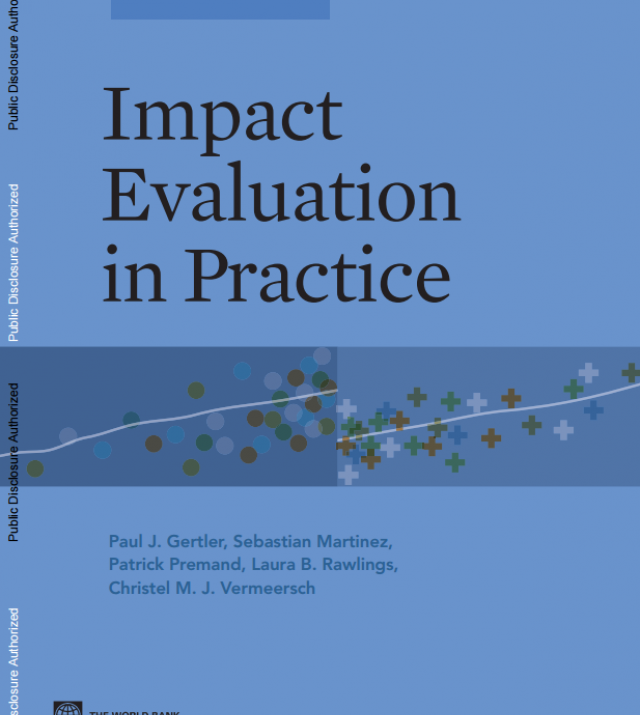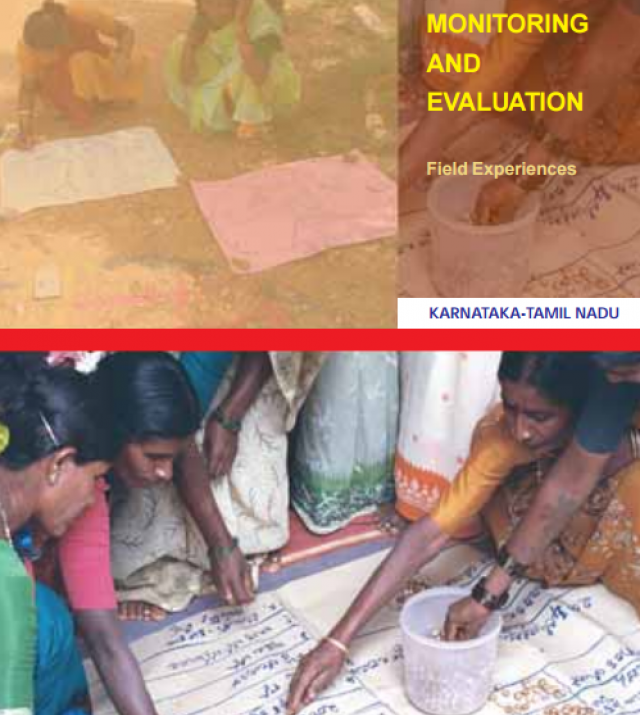
A Practical Guide to Sampling

This guide is the latest in a series on sampling. It has been produced in response to a large number of requests received by the Statistical and Technical Team relating to sampling matters. The guide aims to consolidate the information required for you to complete the survey process from design to reporting. It provides this advice in an informal and practical way which should also help you understand the work of your consultants, and ask informed questions of the audited body.
Value for Money (VFM) reports require reliable forms of evidence from which to draw robust conclusions. It is usually not cost effective or practicable to collect and examine all the data that might be available. Instead it is often necessary to draw a sample of information from the whole population to enable the detailed examination required to take place. Samples can be drawn for several reasons: for example to draw inferences across the entire population; or to draw illustrative examples of certain types of behavior.
Sampling can provide a valid, defensible methodology but it is important to match the type of sample needed to the type of analysis required. The auditor should also take care to check the quality of the information from which the sample is to be drawn. If the quality is poor, sampling may not be justified.

